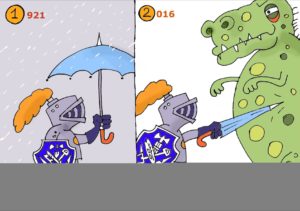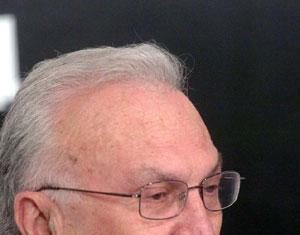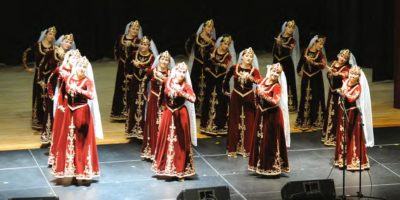 By Edmond Y. Azadian
By Edmond Y. Azadian
No matter what your political views may be about Armenian political parties, an objective assessment of those parties requires judging them in a historic context. Many individuals have performed patriotic acts throughout Armenian history and they have carved their places in the collective memory of the people. But those acts have shined like a flash of lightening in the dark without any sustainable impact over a long period.
On the other hand, political parties made patriotic activities their daily responsibility and have transmitted their ideology from generation to generation.
Like any individual or group, they have committed their share of mistakes as well, but the view that parties have been major forces of division cannot be justified historically. The clergy who are supposed to serve the altar of the Lord have proved to be more divisive and vindictive than the political parties.
The party members are — or supposed to be — people of commitment; a committment to an ideology whose realization may require sacrifices. Party members have made their share of sacrifices to fight for freedom or to defend the homeland.
October 1 marked the 95th anniversary of the formation of the Armenian Democratic Liberal Party. It is a formation rather than a founding, because it was the culmination of several decades of historic development.









